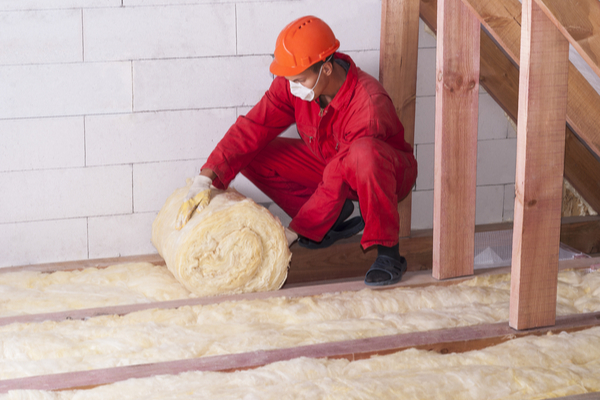Extreme winter weather can leave neighborhoods and communities without power or other public services for long periods of time, the U.S. Department of Homeland Security warns.
It’s a smart idea to prepare your home for such winter weather emergencies as well as cold weather throughout the season that can cause minor issues to evolve into larger problems – with potential damage to your property or risk of personal injury.
Whether it’s for your primary residence or a second home you plan to leave vacant until spring, one of the first steps you need to take when winterizing your home is to Check for Drafts and Insulate Your Attic.
Check for Drafts
As the weather cools, walk around the house and check for drafts or air leakage, particularly around windows and doors. Use caulk to seal cracks and weatherstripping to help insulate around door and window frames.
If the house is vacant: Checking for drafts and leakage will help cut down on the work your furnace has to do by keeping cold air from coming in.
Insulate the Attic
Another way to reduce the chances that an ice dam will form is to insulate your attic floor. This helps keep the living areas of your house warmer, explains Anne Cope, chief engineer at the Insurance Institute for Business and Home Safety in Richburg, South Carolina.
Cope recommends going up to your attic before the winter weather sets in to examine attic vents, check for leaks and get a look at the insulation. “If your insulation looks terrible, now is a great time of year to get that taken care of,” she says.
If the house is vacant: Insulation will help you avoid hefty heating bills during the months that you’re not staying in the house. Good insulation that leads to lower heating and cooling bills can also be a plus when you sell the house.
—
Photo Credit: Kuchina / Shutterstock.com
